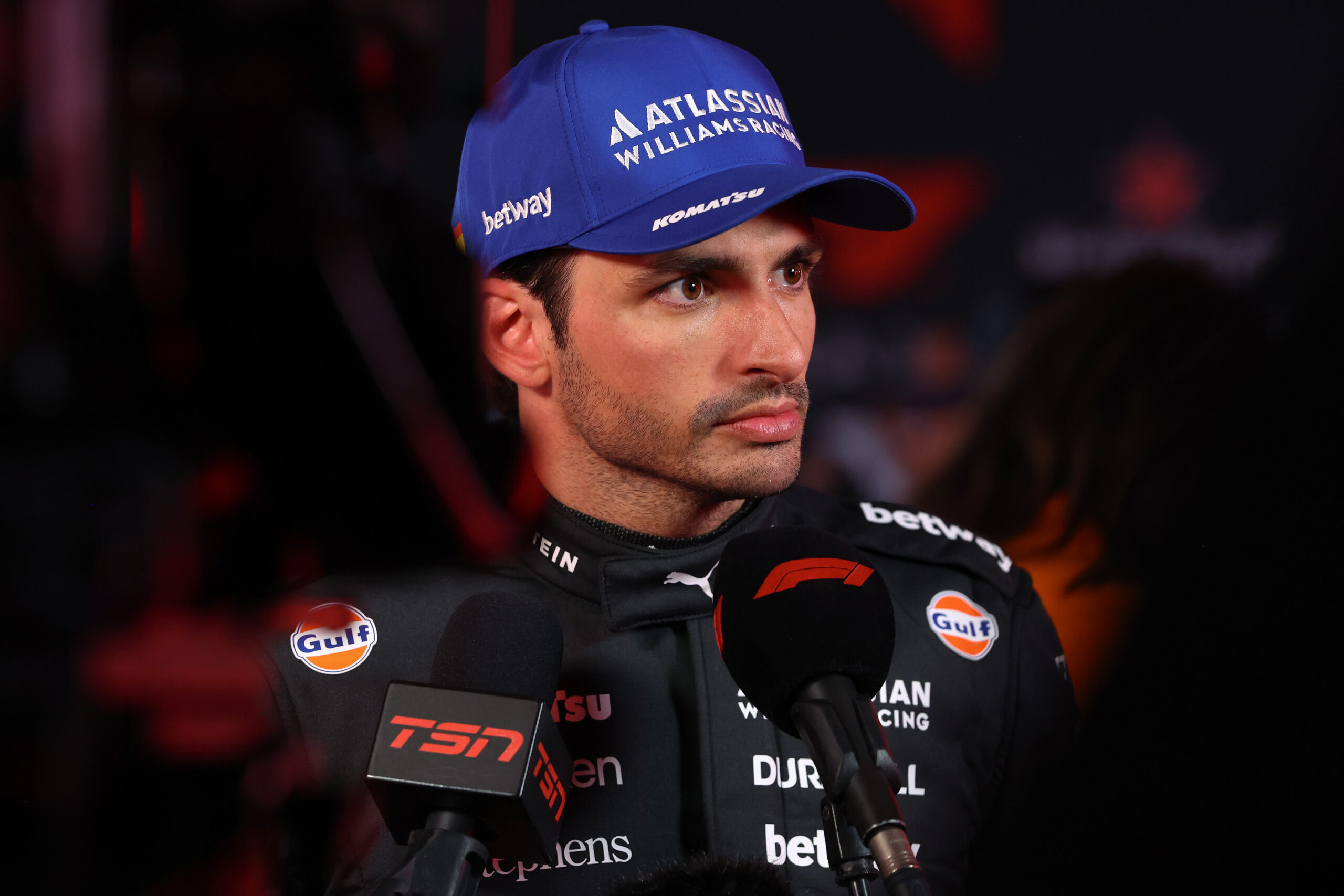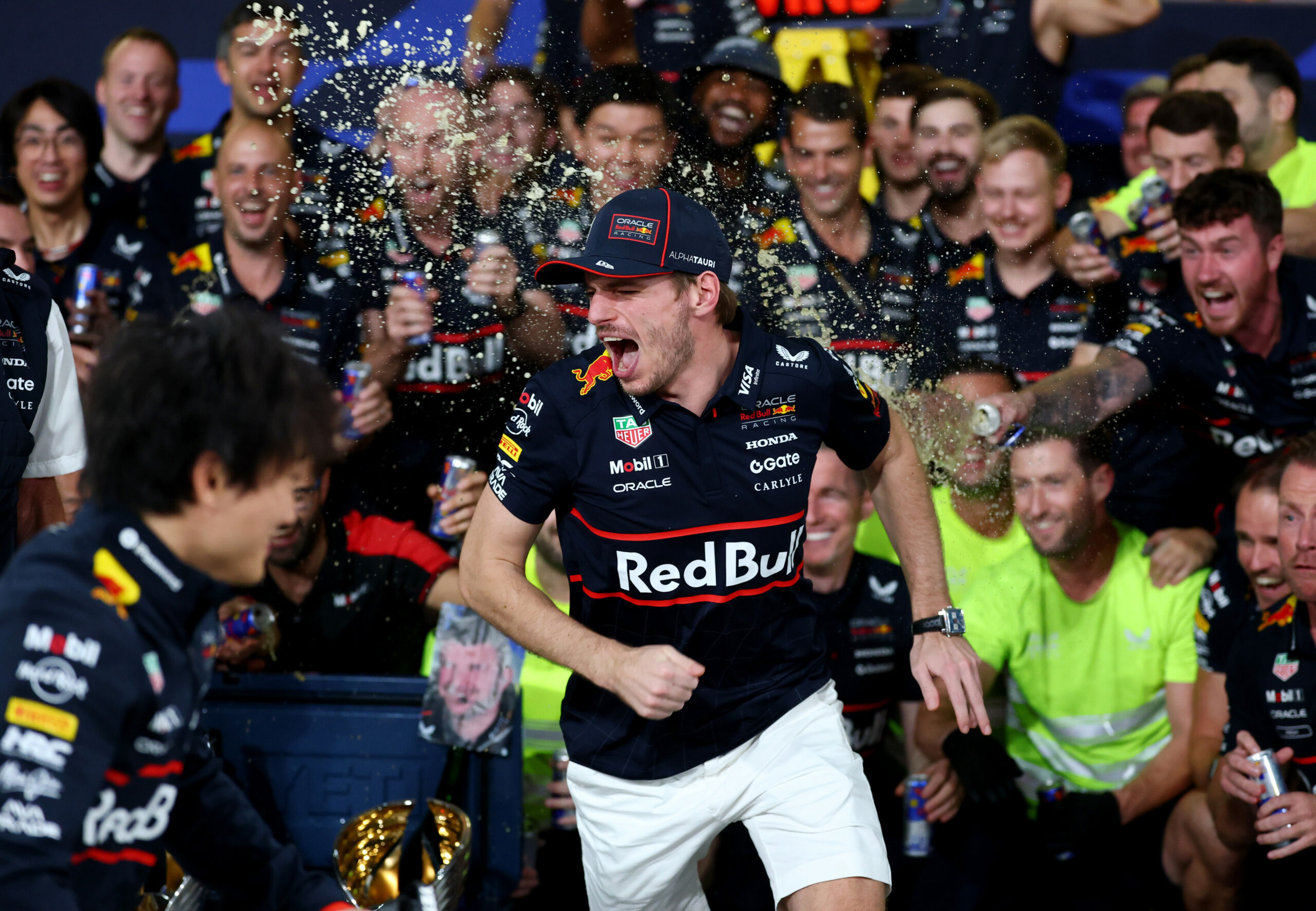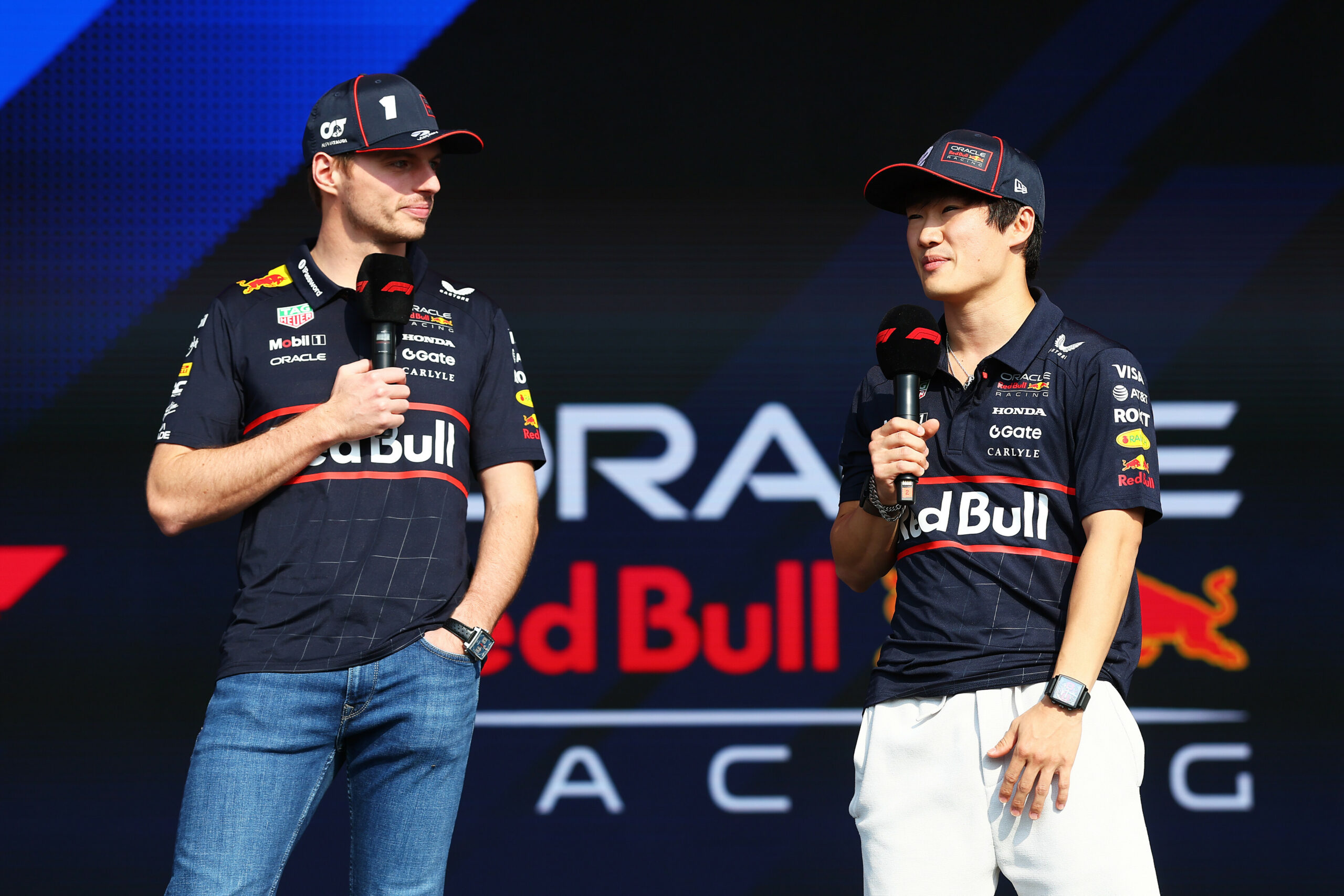After a difficult season to date and fluctuating performances, Haas brought to the track, in Austin, the new (and the result of months of work) package of innovations, such as to make people talk about a VF-23 B version. Specifically, the car concept similar to that of Ferrari, with wide sidepods and equipped with a basin in the upper area, in favor of solutions similar to Red Bull, with the clear intention of reducing drag and seeking the downwash effect.
Big changes for the Haas team in Austin where, next Sunday, the made in USA team will contest their home GP. The American team, in addition to presenting a celebratory livery for the Texan race, also brought to the track the B version of the VF-23, announced months ago by team principal Guenther Steiner and useful, as well as giving a turning point to a rather disappointing season, also to test concepts on the track that will be the basis of the 2024 project.
With the B version of the single-seater, Haas abandoned the concept of a car similar (as it had always been in its history) to that of Ferrari but, on the contrary, adopted solutions clearly inspired by those of the winning Red Bull. In doing so, as mentioned, the Haas designers and engineers decided to abandon, after the poor results obtained, the large lateral sidepods (with the tank in the upper area to encourage the up-wash phenomenon), adopting instead side panels more similar to the design of the RB19.
Clearly, for crash test and budget cap reasons, the inlets remained unchanged, still ogival in shape and generously wide, while the sidepods (and flow management in the central area of the car) were completely removed, now aimed at moving the air flows from the upper area of the car body to the lower area and the rear axle, now looking for the down-wash phenomenon.
Not only that, because on the VF-23 the undercut area has also been significantly revised, now much more aggressive than the previous version, useful for helping to reduce the drag of the car. Undercut where the lateral anti-intrusion cone is visible which, as mentioned, underlines how this work was carried out within precise limits dictated by the budget cap which, in fact, did not allow the remaking (as will probably happen in 2024) of the body and the consequent lowering of the cones inside the floor.
To complete the package of innovations, the engineers directed by Simone Resta also installed a new floor on Magnussen and Hulkenberg’s car, probably redesigned in the Venturi area and revised in the trailing edge in order to better manage the flows, in synergy with the new sidepods.
Updates that the team principal of Gene Haas’ squad defined, in the Thursday meetings, as substantial. “The update of the VF-23 is aerodynamic – explained Steiner – We changed the concept of the car because from where we started, we could not obtain improvements. We had to create more downforce and less resistance.”

Photo credit: MoneyGram Haas F1 Team




